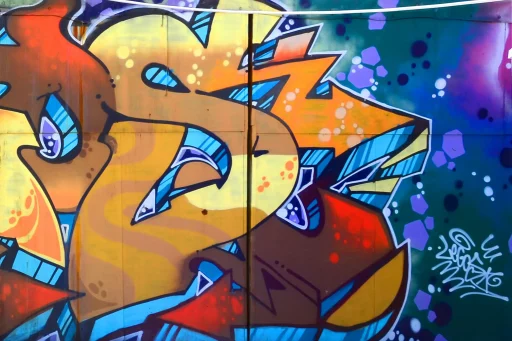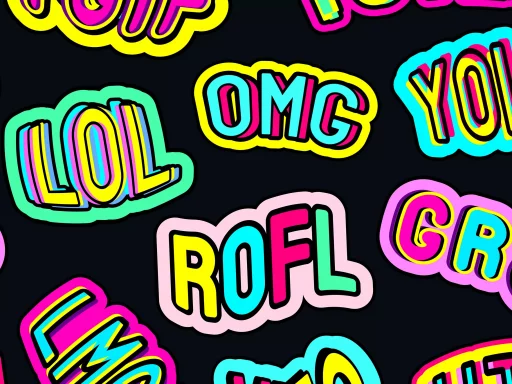Introduction to Gorilla Slang
Gorilla slang may sound unusual, but it’s a fascinating aspect of gorilla behavior and social interaction. As the largest of the great apes, gorillas, with their complex social structures and communication methods, showcase a range of vocalizations and gestures that can be likened to a unique form of ‘slang’. This article aims to explore the different ways gorillas communicate, the significance of their ‘slang’, and the implications for conservation and human connection.
The Basics of Gorilla Communication
Gorillas primarily use a combination of vocalizations, facial expressions, and body language to communicate. Their social interactions are rich and varied. Some of the key elements of gorilla communication include:
- Vocalizations: Gorillas make a variety of sounds including grunts, hoots, and roars to express emotions or alert group members.
- Body Language: The way a gorilla positions itself—whether it’s displaying an open posture or retreating—can signal its mood or intention.
- Facial Expressions: Just like humans, gorillas convey feelings through their facial features. A relaxed face might indicate calmness, while bared teeth may signify aggression.
Cultural Context of Gorilla Slang
Gorillas often develop unique phrases or signals that are specific to their group. These can be considered a form of slang, used to convey messages effectively within their social circles. The development of such slang is intriguing and may even change over time. Here are some examples:
- Food Calls: When foraging, certain gorillas have been observed to use specific sounds that signal the discovery of food, enriching the group’s foraging efficiency.
- Play Signals: Young gorillas often have playful interactions that come with distinct vocalizations, creating a playful ‘language’ that others understand.
- Comfort Calls: A mother gorilla may emit a low rumble to soothe her infant, a comforting communication that fosters bonding.
Case Studies of Gorilla Slang in the Wild
Researchers have documented various instances of gorilla communication that shed light on the complexity of their social interactions. For example, a study published in the journal Animal Behaviour in 2017 highlighted how different groups of gorillas exhibited distinct vocal patterns, suggesting that these could be classified as regional dialects akin to human slang.
Another case study in 2020 explored the interactions of a group of gorillas in the Virunga Mountains, observing that the adult males communicated with lower-frequency sounds during displays of dominance, which were crucial for establishing hierarchies.
Statistical Insights
In terms of the numbers, studies have shown:
- Gorilla communication includes over 20 different vocalizations.
- Researchers recorded approximately 30% more vocalizations during social interactions than when solitary.
- Groups with a higher proportion of juveniles demonstrated more complex vocal exchanges, indicating a facilitated learning of ‘slang’ among younger gorillas.
The Importance of Understanding Gorilla Slang
Understanding gorilla communication, including their form of slang, is essential for several reasons:
- Conservation Efforts: Knowledge about their social interactions helps in creating better conservation strategies that respect their natural behaviors.
- Human-Gorilla Connection: Learning how gorillas communicate enhances public awareness and fosters a greater connection between humans and these incredible creatures.
- Behavioral Insights: Documenting gorilla slang offers insights into the cognitive abilities and social structures of these animals, enriching our understanding of primate intelligence.
Conclusion
Gorilla slang, while not slang in the human sense, reveals a rich tapestry of communication among these magnificent apes. By studying their vocalizations, gestures, and interactions, we can gain valuable insights into their social structures and ultimately improve our efforts in conservation and education. As we uncover more about the languages life uses, including the nuanced slang of gorillas, we strengthen our connection not just to them, but to the intricate web of life on our planet.





